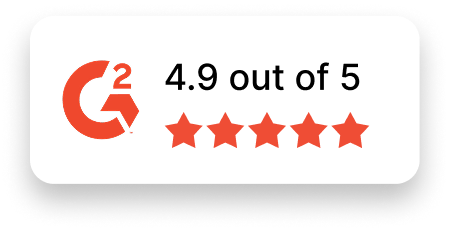Cloud Security Engineer Job Description Template
Use this template to craft job descriptions for hiring Cloud Security Engineers. Customize it to align with your organization’s unique requirements and goals.
Job Title: Cloud Security Engineer
Location: [Specify Location or Remote]
Job Type: [Full-time/Part-time/Contract]
About the Role
We are looking for an experienced and detail-oriented Cloud Security Engineer to protect the integrity and security of our cloud systems. You will be responsible for designing and implementing security measures, monitoring for vulnerabilities, and responding to potential threats. Your expertise will play a crucial role in ensuring our cloud operations remain reliable, secure, and compliant with industry standards.
If you are passionate about cybersecurity and thrive on solving complex security challenges in cloud environments, this role is for you.
Responsibilities
- Design, implement, and manage security architectures for cloud platforms such as AWS, Azure, or Google Cloud.
- Analyze cloud infrastructures to identify vulnerabilities and implement appropriate fixes or mitigation strategies.
- Establish and enforce security policies to protect cloud-based systems and data.
- Monitor cloud environments for security breaches, unauthorized access, and abnormal activity.
- Implement and manage encryption, firewalls, identity and access control, and intrusion detection systems.
- Conduct security assessments and penetration tests to ensure compliance with security best practices.
- Collaborate with DevOps and IT teams to integrate security into CI/CD pipelines.
- Research and deploy innovative security solutions to stay ahead of evolving threats.
- Respond to and remediate security incidents promptly while documenting findings and resolutions.
- Maintain up-to-date documentation and security reports for compliance and internal reference.
Required Skills & Experience
- Bachelor’s degree in Cybersecurity, Computer Science, Information Technology, or a related field (or equivalent experience).
- Proven experience in cloud security roles, with in-depth knowledge of major cloud platforms such as AWS, Azure, or Google Cloud.
- Expertise in cloud security tools and practices, including identity and access management (IAM) and key management systems (KMS).
- Strong understanding of network and application security, incident response, and risk assessment methodologies.
- Proficiency in scripting or programming languages like Python, PowerShell, or Bash.
- Experience with security frameworks such as ISO 27001, NIST, or SOC 2.
- Familiarity with container security, including Kubernetes and Docker.
- Working knowledge of penetration testing and vulnerability scanning tools.
- Strong problem-solving skills with the ability to communicate technical information effectively.
Nice-to-Have Skills
- Industry certifications such as Certified Cloud Security Professional (CCSP), AWS Security Specialty, or Certified Information Systems Security Professional (CISSP).
- Experience with security information and event management (SIEM) systems.
- Knowledge of zero-trust architectures and microsegmentation.
- Background in compliance efforts such as HIPAA, GDPR, or PCI DSS.
- Understanding of emerging security technologies such as machine learning in threat detection.
Why Join Us?
- Meaningful Challenges: Play a vital role in securing cloud environments against modern cyber threats.
- Growth Opportunities: Expand your security expertise in a dynamic, forward-thinking organization.
- Collaborative Culture: Work alongside skilled professionals who value collaboration and innovation.
- Flexibility: Enjoy remote or hybrid work options that align with your needs.
- Commitment to Inclusion: Join a diverse organization that values equity, mutual respect, and individual contributions.
Apply Now
Are you ready to safeguard critical systems and make a substantial impact in cloud security? Join [Your Company Name] as a Cloud Security Engineer and help fortify the future of our digital landscape. Apply today!

